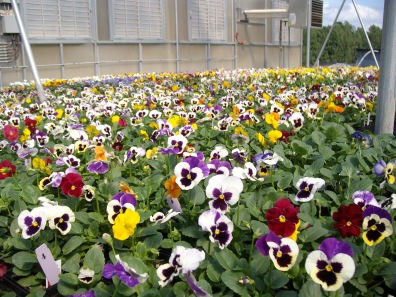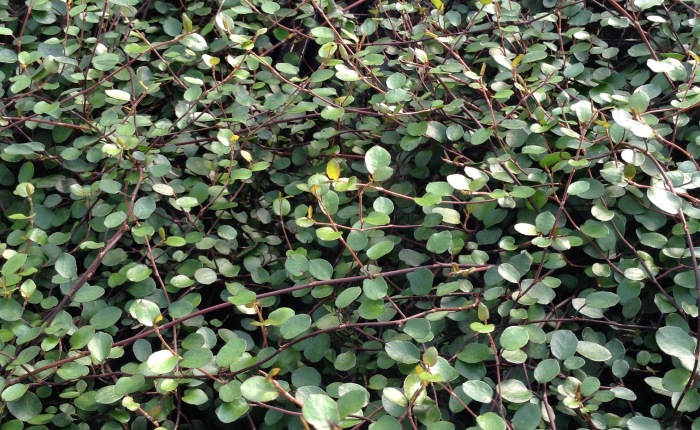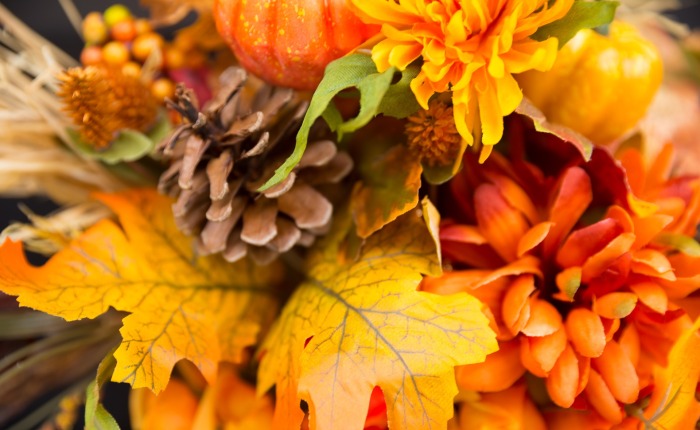
Availability: Fall Season Crop. September- November
Sizes: 4” 18 count flats or 36 count cell packs
Pricing: Set by quantity ordered (discounts offered)
The beginning of the Autumn season at Plantworks is marked by many deliveries of Pansy plugs.
One delivery after another, starting in August, alerts the staff that cool weather is finally (hopefully) on the way, and summer is drawing to a close. Friends of Plantworks have already been planning, and pre-ordering, their Fall season supplies throughout the month of July, but seeing the flowers begin to emerge, is a sure sign of the season’s change. Plantworks Annual houses will become filled with the delightful old-fashioned garden favorite, blanketing the houses in a brilliant show of color barely contained in one place.
Sporting bright colors, and happy “faces”, the garden Pansy is a large-flowered hybrid plant, often grown in the United States as an annual or biennial. (Pansies are technically hardy, evergreen perennials in Zones 6-10.) Cultivated as a garden flower, hybridization across several species has introduced us to the Pansy as we know it. Often, for simplicities sake, the older name of Viola tricolor var. hortensis is often used when discussing botanical names.
The common Pansy has two slightly overlapping upper petals, two side petals, and a single bottom petal, with a slight beard, emanating from the flower’s center. There is potential for the plant to grow to nine inches in height, and they normally have a diameter of 2-3 inches (although larger and smaller varieties do exist). The color choices are endless, as well as sizes of the blooms. In English, there is argument as to correctly using the terms “pansy” “viola” and “violet.” In fact, they may be used interchangeably. (The distinction often comes into play with the number of petals and their shapes, and also with the origin of the plant.) There can also be distinctions made with flowers possessing a well-defined “blotch,” or “eye,” in the middle of the bloom. Typically the term Pansy is used to describe bedding plants used year after year, with the term Viola being used to describe smaller, more delicate annuals/perennials.
The varieties of Pansies available are astounding, and ever growing. Cultivation, hybridization, and experimentation has long ensured there will be no end to the amazing combinations and colors. The stock offered by Plantworks is comprehensive, and can be overwhelming to someone who just needs a few items. We hope this helps you decide the best Pansy for the job, whatever your growing needs may be. The following are varieties that Plantworks will have available for 2017:
- Matrix
- Panola/ Panola XP
- Frizzle Sizzle
- Cool Wave
- Sorbet/ Sorbet XP
- Colossus
- Crown
- Delta
- Majestic Giant
- Viola Penny
Did you know? The name “Pansy,” comes from the French word pensee, meaning “thought,” imported into Late Middle English as the name of Viola in the mid- 15th century. The flower is regarded as the symbol of remembrance. The “love in idleness,” name was meant to invoke the image of a lover who has little, or no, other pastime than to think of his beloved.
Please contact us for availability questions, or about scheduling deliveries. We are here to ensure you get the most color from the Autumn season as possible.
- 919-732-6594
- plantworkssales@gmail.com
Happy Planting!





![IMG_2652[2]](https://plantworksnursery.files.wordpress.com/2017/11/img_26522.jpg?w=440&h=589)
![IMG_2621[1] IMG_2621[1]](https://plantworksnursery.files.wordpress.com/2017/10/img_26211.jpg?w=171&resize=171%2C229&h=229#038;h=229)
![IMG_2634[1] IMG_2634[1]](https://plantworksnursery.files.wordpress.com/2017/10/img_26341.jpg?w=171&resize=171%2C229&h=229#038;h=229)
![IMG_2622[1] IMG_2622[1]](https://plantworksnursery.files.wordpress.com/2017/10/img_26221.jpg?w=171&resize=171%2C229&h=229#038;h=229)
![IMG_2625[1] IMG_2625[1]](https://plantworksnursery.files.wordpress.com/2017/10/img_26251.jpg?w=171&resize=171%2C229&h=229#038;h=229)
![IMG_2623[1] IMG_2623[1]](https://plantworksnursery.files.wordpress.com/2017/10/img_26231.jpg?w=346&resize=346%2C463&h=463#038;h=463)
![IMG_2619[1] IMG_2619[1]](https://plantworksnursery.files.wordpress.com/2017/10/img_26191.jpg?w=346&resize=346%2C463&h=463#038;h=463)
![IMG_2626[1] IMG_2626[1]](https://plantworksnursery.files.wordpress.com/2017/10/img_26261.jpg?w=171&resize=171%2C229&h=229#038;h=229)
![IMG_2620[1] IMG_2620[1]](https://plantworksnursery.files.wordpress.com/2017/10/img_26201.jpg?w=171&resize=171%2C229&h=229#038;h=229)
![IMG_2618[1] IMG_2618[1]](https://plantworksnursery.files.wordpress.com/2017/10/img_26181.jpg?w=171&resize=171%2C229&h=229#038;h=229)
![IMG_2633[1] IMG_2633[1]](https://plantworksnursery.files.wordpress.com/2017/10/img_26331.jpg?w=171&resize=171%2C229&h=229#038;h=229)
![IMG_2609[1] IMG_2609[1]](https://plantworksnursery.files.wordpress.com/2017/10/img_26091.jpg?w=171&resize=171%2C229&h=229#038;h=229)
![IMG_2577[2] IMG_2577[2]](https://plantworksnursery.files.wordpress.com/2017/10/img_25772.jpg?w=171&resize=171%2C229&h=229#038;h=229)
![IMG_2578[1] IMG_2578[1]](https://plantworksnursery.files.wordpress.com/2017/10/img_25781.jpg?w=171&resize=171%2C229&h=229#038;h=229)
![IMG_2585[1] IMG_2585[1]](https://plantworksnursery.files.wordpress.com/2017/10/img_25851.jpg?w=171&resize=171%2C229&h=229#038;h=229)
![IMG_2579[2] IMG_2579[2]](https://plantworksnursery.files.wordpress.com/2017/10/img_25792.jpg?w=346&resize=346%2C463&h=463#038;h=463)
![IMG_2573[1] IMG_2573[1]](https://plantworksnursery.files.wordpress.com/2017/10/img_25731.jpg?w=346&resize=346%2C463&h=463#038;h=463)
![IMG_2572[1] IMG_2572[1]](https://plantworksnursery.files.wordpress.com/2017/10/img_25721.jpg?w=326&resize=326%2C243&h=243#038;h=243)
![IMG_2611[1] IMG_2611[1]](https://plantworksnursery.files.wordpress.com/2017/10/img_26111.jpg?w=326&resize=326%2C243&h=243#038;h=243)
![IMG_2576[1] IMG_2576[1]](https://plantworksnursery.files.wordpress.com/2017/10/img_257611.jpg?w=366&resize=366%2C490&h=490#038;h=490)
![IMG_2605[1] IMG_2605[1]](https://plantworksnursery.files.wordpress.com/2017/10/img_26051.jpg?w=143&resize=143%2C191&h=191#038;h=191)
![IMG_2607[1] IMG_2607[1]](https://plantworksnursery.files.wordpress.com/2017/10/img_26071.jpg?w=143&resize=143%2C191&h=191#038;h=191)
![IMG_2576[1] IMG_2576[1]](https://plantworksnursery.files.wordpress.com/2017/10/img_25761.jpg?w=142&resize=142%2C191&h=191#038;h=191)
![IMG_2610[1] IMG_2610[1]](https://plantworksnursery.files.wordpress.com/2017/10/img_26101.jpg?w=256&resize=256%2C191&h=191#038;h=191)






